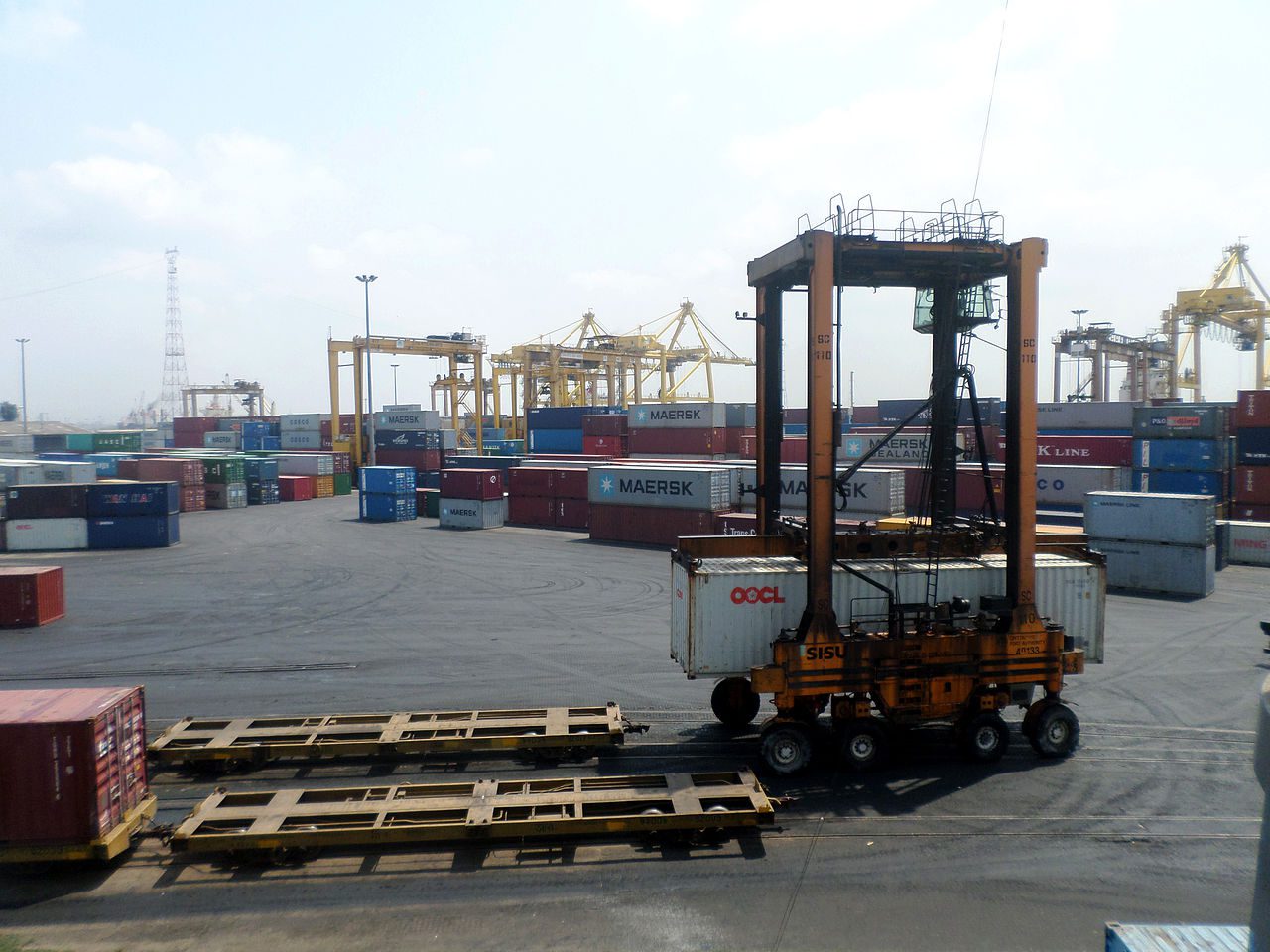If the reciprocal tariffs announced by US President Donald Trump are implemented, Bangladesh’s Gross Domestic Product (GDP) growth could decrease by 0.3%, and export growth could fall by 0.5%.
These findings come from a study conducted by Professor Selim Raihan of the University of Dhaka’s Department of Economics and Kunal Sen, director of the United Nations University’s World Institute for Development Economics Research.
The research, conducted under the Global Trade Analysis Project, was summarised and published by UK-based media outlet The Conversation on 2 May.
According to the study, if the existing tariffs remain in place without any additional reciprocal measures from the United States, Bangladesh’s GDP would remain unaffected, and exports could increase by 1.1%.
The researchers note that Trump’s proposed tariffs would negatively affect all countries, particularly developing nations.
While countries such as Bangladesh, Cambodia, Indonesia, Sri Lanka, and Vietnam may initially benefit from shifts in global trade patterns, they are likely to suffer losses in the long term. The study was based on mathematical modelling.
The report states that developing countries, due to their lower labour costs, might initially benefit as production shifts away from China. However, if the retaliatory tariffs are fully enforced, these temporary gains would likely disappear.
Modelled projections suggest that Cambodia’s export growth would fall from 4% to 1.6%, while Indonesia’s would stagnate at 0.7%. These effects are expected to become evident within the next two to three years.
The researchers examined two scenarios. The first assumes that retaliatory tariffs are suspended, but existing tariffs remain — 10% on products from all countries, 25% on goods from Canada and Mexico, and 145% on Chinese goods.
The second assumes full implementation of Trump’s proposed tariffs. Bangladesh’s export and GDP growth projections were assessed under both conditions.
The study finds that retaliatory tariffs would distort global export flows, with the United States and China bearing the heaviest losses. China’s exports could shrink by 10.8%, while US exports might fall by 11.7%.
In terms of GDP, the US could see a 0.3% decline and China a 1.9% drop. Emerging and developing economies may also face GDP losses of 0.3% and 1%, respectively.
Among the most affected developing countries would be Thailand (1%), Malaysia (0.9%), Brazil (0.9%), and Vietnam (0.9%). Other regions, including Latin America, the Middle East, North Africa, and Sub-Saharan Africa, would also be impacted, despite not being directly involved in the trade conflict.
The researchers recommend that emerging and developing nations diversify their exports to reduce dependency on any single market.
They cite the Regional Comprehensive Economic Partnership (RCEP) as a potential model, which includes countries such as Australia, Cambodia, China, Indonesia, Japan, South Korea, Laos, Malaysia, Myanmar, New Zealand, the Philippines, Singapore, Thailand, and Vietnam.
They also suggest improving tariff structures, port management, and logistics services to reduce business costs and increase competitiveness, thereby facilitating greater participation in global trade.


